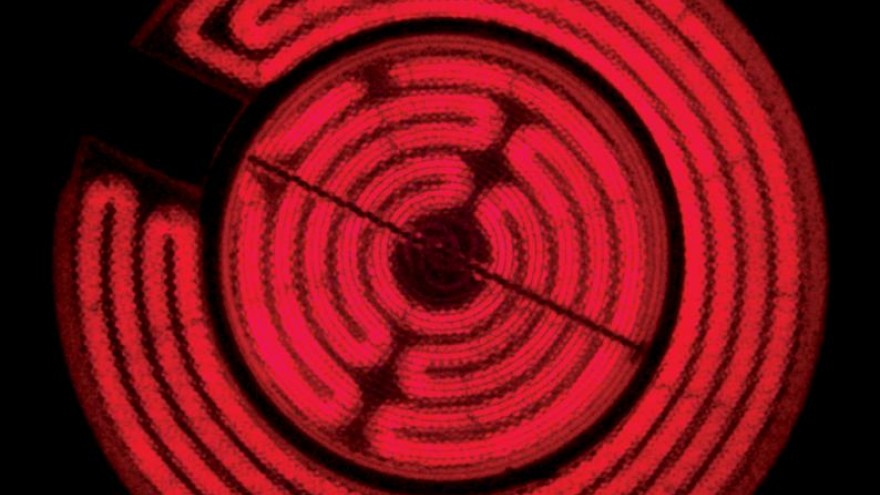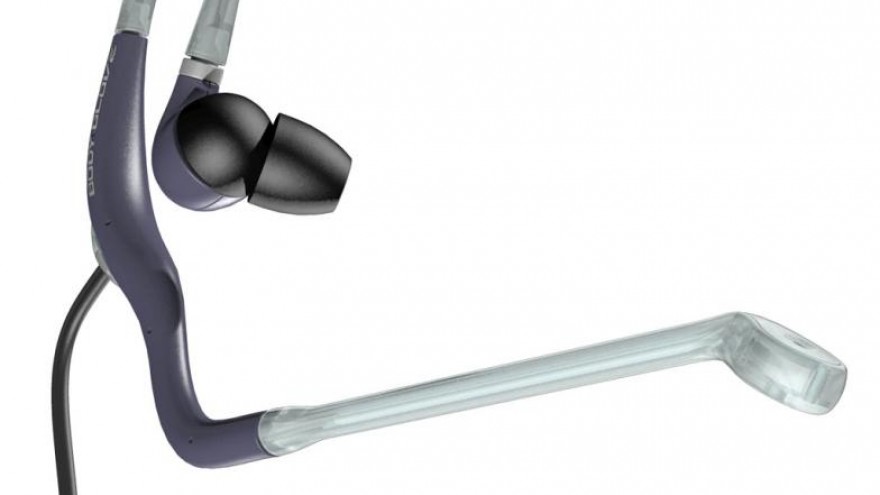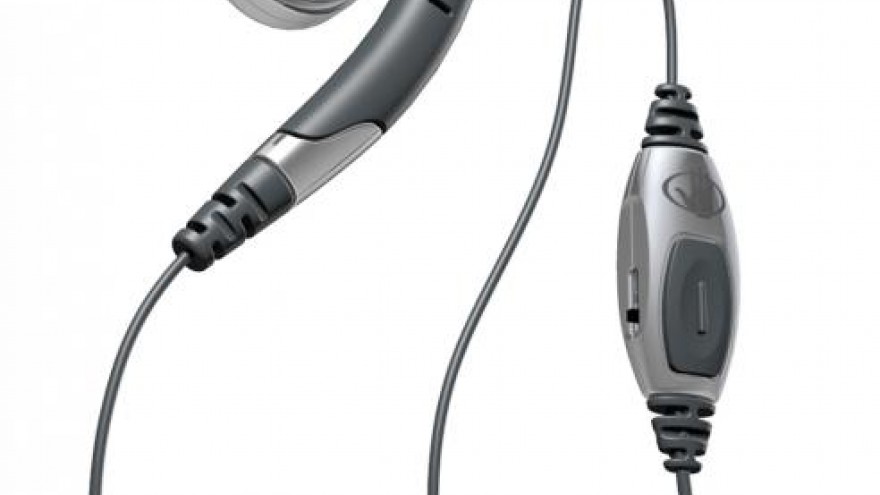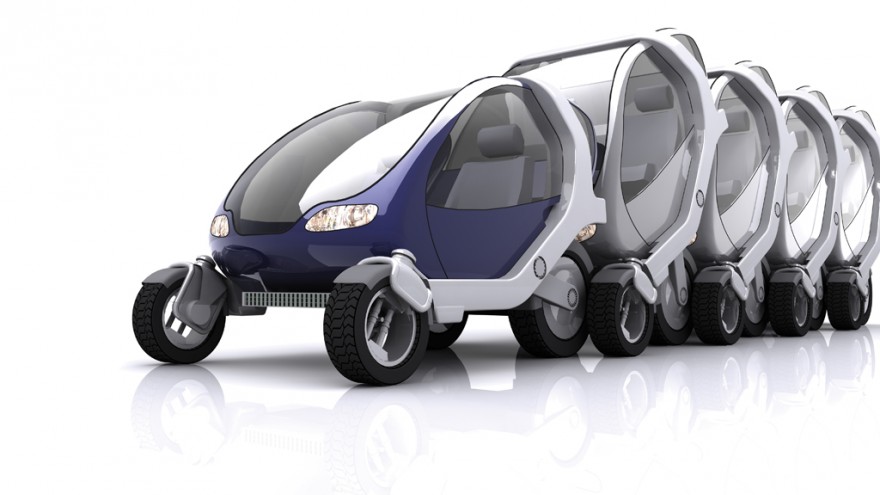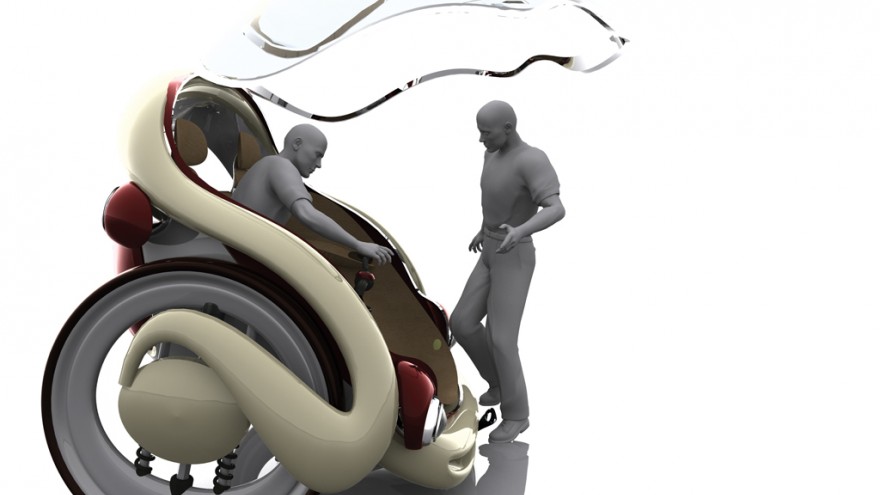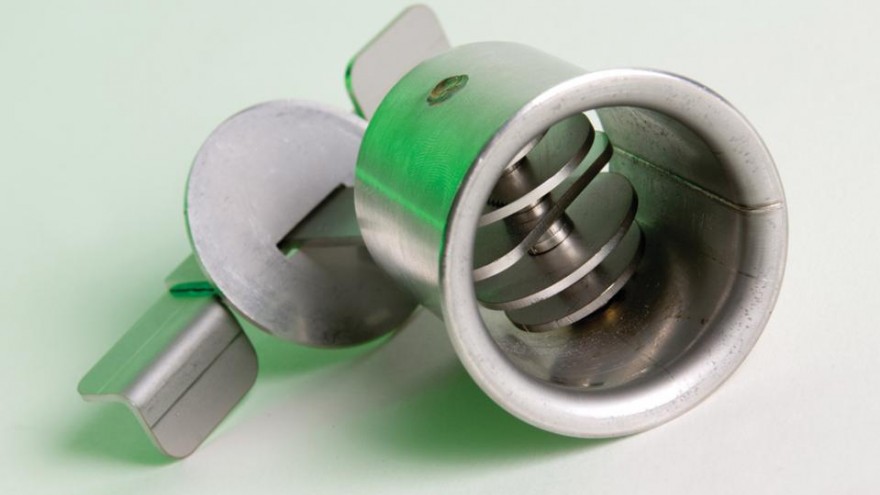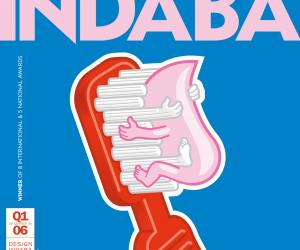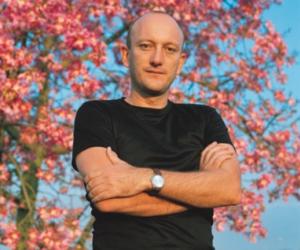First Published in
The "proudly South African" anthem need no longer be chanted quietly from the sidelines of the international arena as the rest of the design world takes to the field. Not when a small six-person consultancy from Pretoria has the singular honour of becoming the first African company ever to win a prestigious, and much-coveted Red Dot Design Award.
The award, started in 1955 and presented annually in the German town of Essen, ranks among the world's largest design competitions, drawing over 4 000 entrants from more than 40 countries.
Previous winners have included the Apple iPod, which hit the Red Dot sweet spot in 2002. This year, the US computer company once again clinched a product design award for their new iPod Shuffle, an update on Ives' original design.
Local industrial design firm Readymade was awarded in the same category as Apple, for a lightweight cellphone headset known as the Apex. The device was designed for Body Glove, a California-based surf and dive brand founded in 1953. The association between these two geographically distant companies is now in its sixth year.
It started with failure, says Tasos Calantzis, founder and design director of Readymade. In 1999 his firm developed a protective cellular phone cover, which Body Glove launched internationally. The device bombed.
"Instead of liquidating, we tried to clear up the financial mess. About a year later, in the middle of the night, Body Glove called and asked us to fly to Los Angeles immediately to help them develop a range of new cellphone accessories."
More jobs followed. In addition to the award-winning Apex headset, Readymade has also designed the Flex, a headset that includes a folding microphone boom to make it easier to carry.
Body Glove isn't the company's only foreign client. Readymade has achieved most of its success abroad, where creativity and design innovation in a business context are more quickly accepted as keys to capturing the market - Apple's spectacular sales of its signature iPod design being a case in point. Calantzis, who was born in Johannesburg, puts it as follows: "Our local clients often don't quite get what we do. They usually see us as stylists instead of business problem solvers."
He contrasts this attitude with that of his foreign clients, which include Motorola and Mitsubishi: "They understand exactly why they've hired us and what difference we can make. Also they operate in highly competitive environments, so they hire us to give them the vital edge that will mean the difference between winning and losing."
There is more to Apple's raging success (the iPod sold 8,4 million units in 2004) than a flash in the pan, and far more to Calantzis' statement than empty prophecy. A recent study on the effectiveness of industrial design in business, published in the Journal of Product Innovation Management, found "convincing evidence that good industrial design is related to corporate financial performance and stock market performance".
This US study corroborates the findings of a similar study commissioned by England's Design Council. The British study analysed the financial performance of 63 listed companies identified as effective users of design. Based on a nine-year sample period, from 1994 to 2003, the study found that design-savvy companies outperformed the FTSE 100 index by 200%.
As a consultancy working for a fixed fee Readymade rarely shares in a financial windfall brought about by a well designed, successfully marketed product. When asked about the company's turnover, dark-haired Calantzis blushes. "Embarrassingly little - less than R2m a year."
Readymade's modest turnover is less of a concern than cash flow. Typically, design consultancies are project-based enterprises, their input occurring early in the lifecycle of a new product. In a bid to redesign the company's revenue model, Readymade is moving away from fixed-fee consultancy towards a hybrid model, which includes revenues derived from royalty agreements.
"We're choosing what is conventionally regarded as the riskier model because we believe that traditional consulting in our field is unsustainable. Worldwide, China and India will eat our lunch," says Calantzis.
This approach could indeed be the way forward for other South African product designers who wish to break into the international market. It is a view shared by Michael Marks, CEO of Flextronics, the world's largest manufacturing services provider. "Design is no longer a competitive advantage," he told BusinessWeek - it is a commodity.
"Design in big companies is just as inefficient as manufacturing and supply-chain management used to be. So brand companies might as well buy the designs for their products off the shelf."
This logic is increasingly gaining support locally. Cape Town-based design consultants …XYZ have, for instance, helped Capespan, one of the world's largest fruit producers and marketers, to devise new packaging and processing methods. Founded in 2000, …XYZ specialises in concept developments, planning and engineering, and also provided industrial and mechanical design input on the first locally designed cellular phone.
In 2003, the company won a prestigious local award for their work on QEO Wireless's Q500 Smartphone. The Disa Design Excellence Award, as it is now known, is an initiative of the Design Institute South Africa, a division of the South African Bureau of Standards (SABS). Established in 1969, the award recognises excellence in local design. In 2004, Calantzis' firm received an award for their Body Glove Blue Sport, a Bluetooth mobile phone headset.
The award is complemented by a developmental one, the Prototype Award. Established in 1997, this latter award aims to forge closer links between the disparate practitioners in what is nowadays dubbed the creative economy. It aims to highlight the need for inventors to consult patent attorneys to protect their inventions.
According to John Howkins, author of The Creative Economy, published in 2001, the US gives out three patents every 20 minutes. Despite confessing a cynicism for patented monopolies, which strongly favour developed nations, Howkins is nonetheless adamant that intellectual property is the "currency" and "defining asset" of the creative economy.
The consequences of not protecting intellectual property are dire, resulting in both a loss of revenue and a lack of due credit and recognition. The unfortunate case of the concrete dolos, used as an anchor block to prevent erosion of coastlines and harbour walls, offers a warning to others. This device, designed by East London harbour engineer Eric Merrifield, was never patented and derivatives are now commonplace globally.
Even though South Africa is waking up to world issues this still does not mean that every design it patents will be the next iPod. Many of the design prototypes that were showcased at the 2005 SABS Design Awards, (which, incidentally, Calantzis helped judge) are a far cry from the sleek design propositions marketed by Apple.
Eudore Allers-du Plooy's Skwid pressure pool cleaner takes its cue from the legacy of hydraulics engineer Ferdinand Chauvier's Kreepy Krauly (yet another local great). Other designs, such as Michael Webster's Shepherd's Gate, a simple device that stops unauthorised siphoning of fuel from trucks, represent idiosyncratic responses to local security issues.
Also a winner was Richard Kgwahla. His Barrow Chair, a wheelbarrow with a convertible concrete pan that changes into a chair for use in transporting sick or elderly people in rural areas, provoked some debate.
In a country like South Africa, where poverty, public transport and unemployment present immediate challenges, design focussed on nuanced aesthetic criteria can seem luxuriously irrelevant. Maybe. Although the counter argument has it that design initiatives that focus purely on alleviating rural problems will never deliver the full potential of the creative economy to South Africa.
Marcel Botha, a young Cape Town-born architect currently enrolled in a Science Masters of Architecture at Massachusetts Institute of Technology in the US, capably voices the challenges facing the local industrial design fraternity.
"I believe that South Africa has the intellectual potential to be a competitor in innovation industries," says Botha, who is currently working on a concept car for General Motors. One of the project leaders is architect Frank Gehry.
"These should not only be innovations for necessity, but also blue-sky idealistic ventures that might change the lives of all South Africans in the long term. This requires a government commitment and some decisions to invest in long-term research culture; otherwise we will become an exclusive manufacturing outpost in the sea of global innovation."
While many of the arguments about intelligently harnessing industrial design in South Africa remain unresolved, Calantzis' firm continues to plod along - quite successfully, too. Their Apex mobile phone headset has continued its run of good luck, Readymade recently winning the world's oldest and most celebrated award. The Chicago-based award is tellingly named: Good Design.

